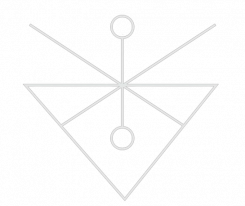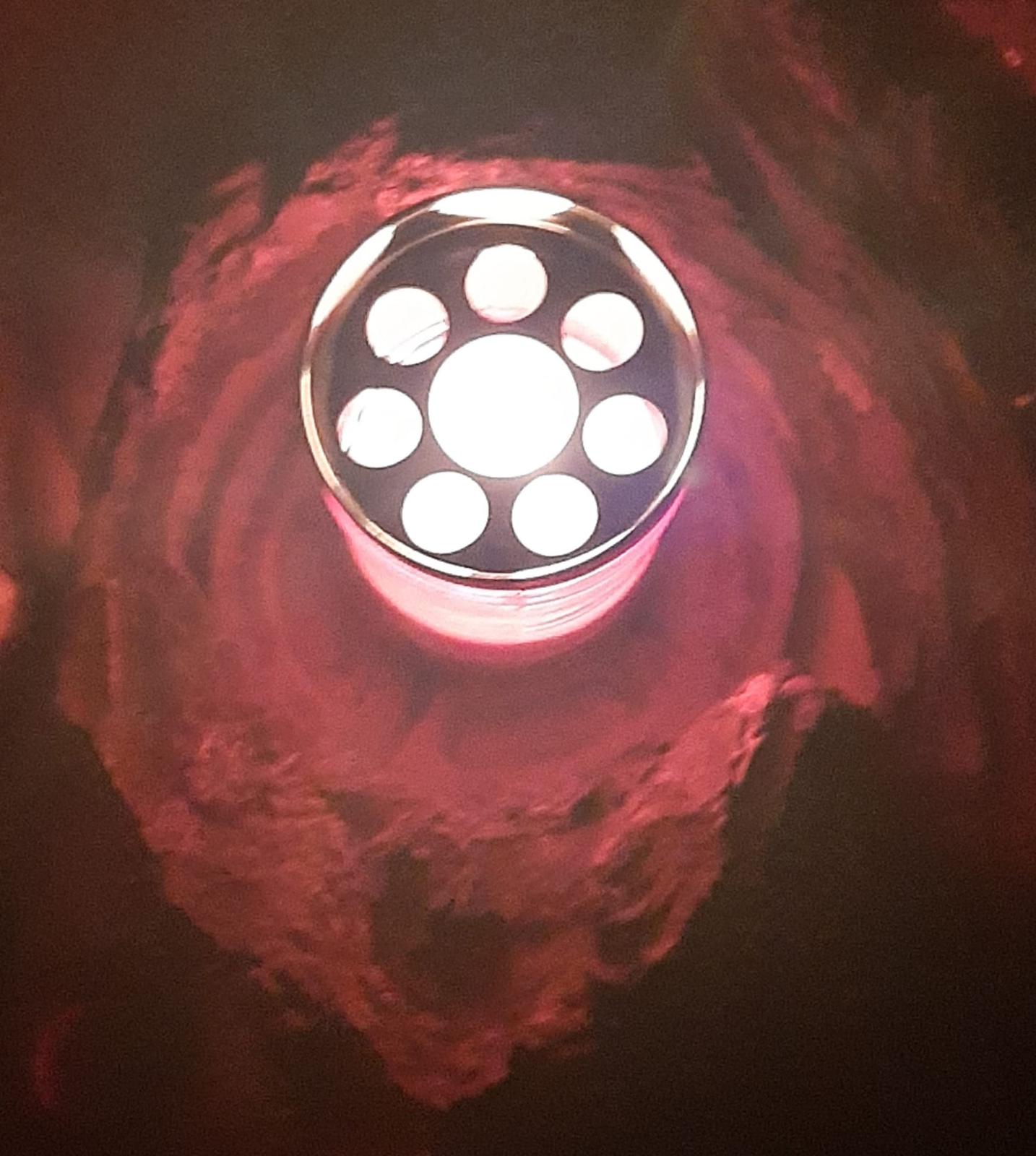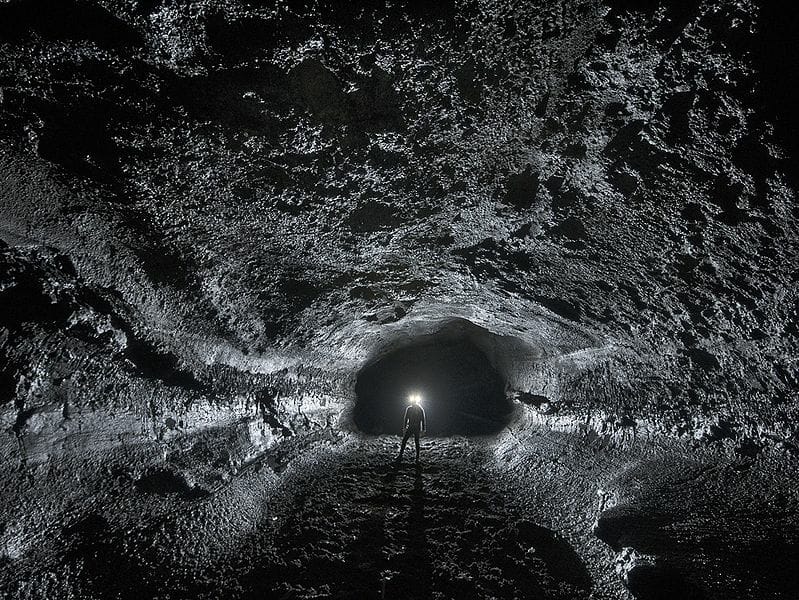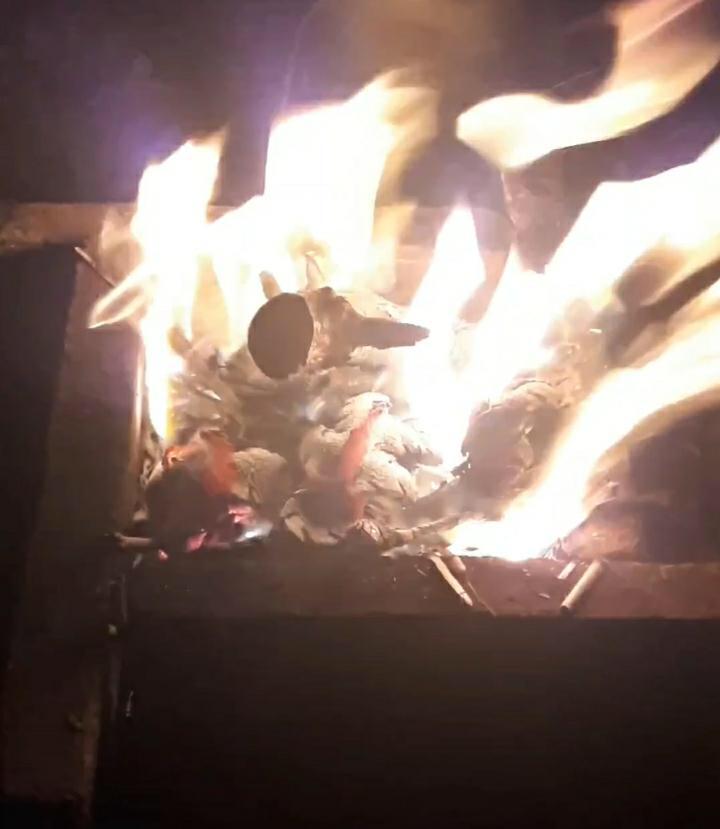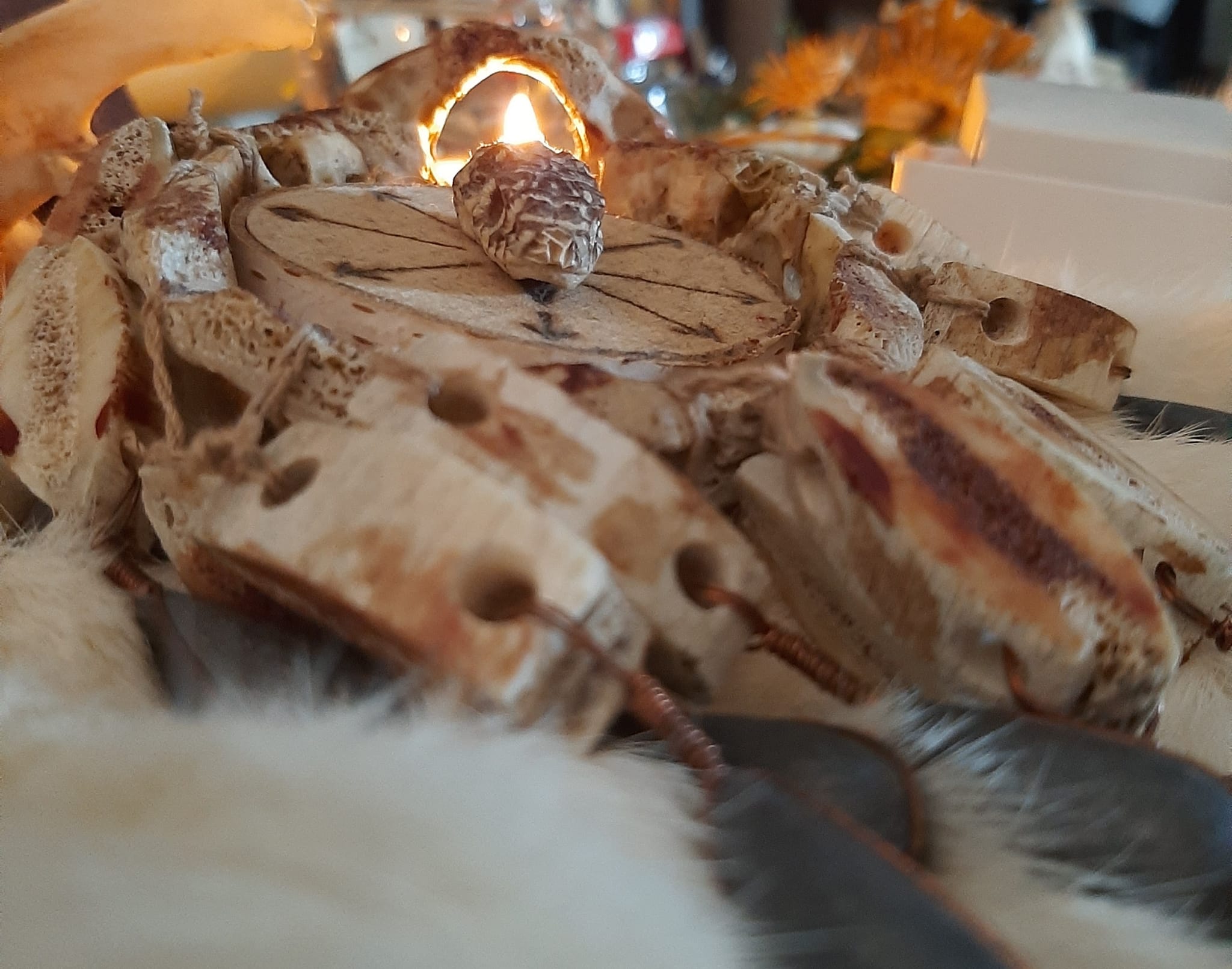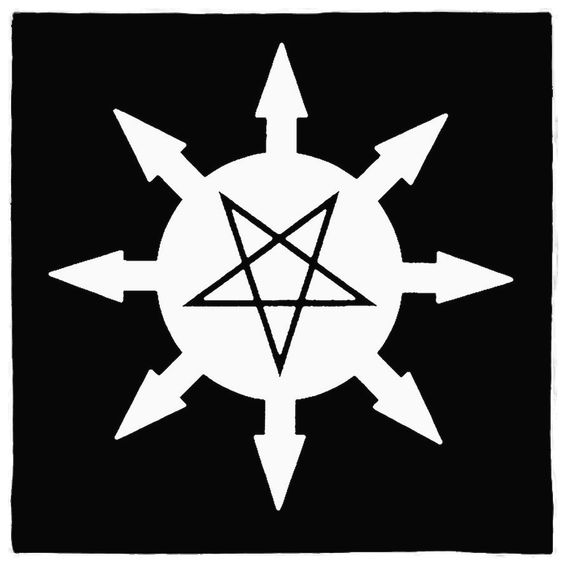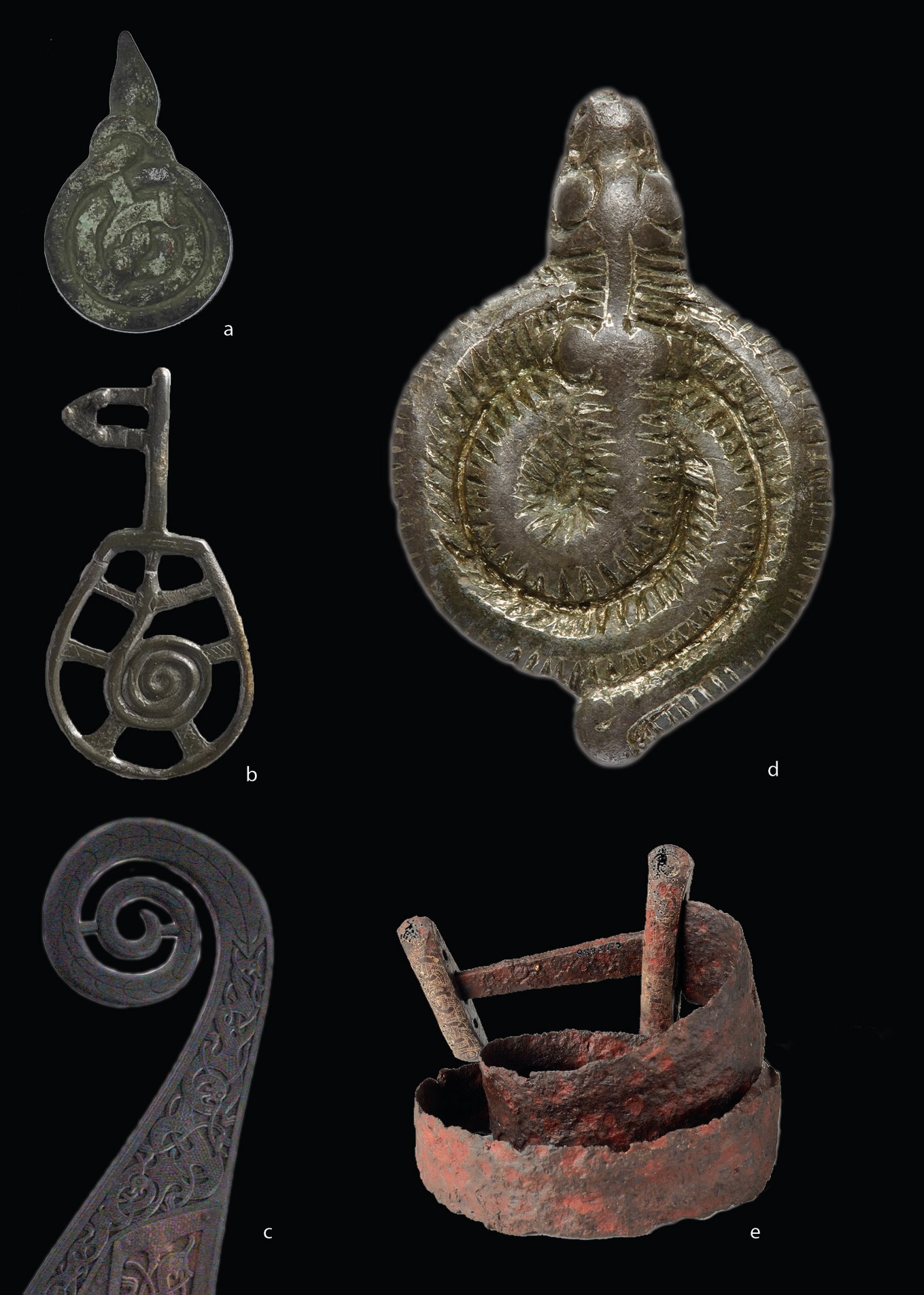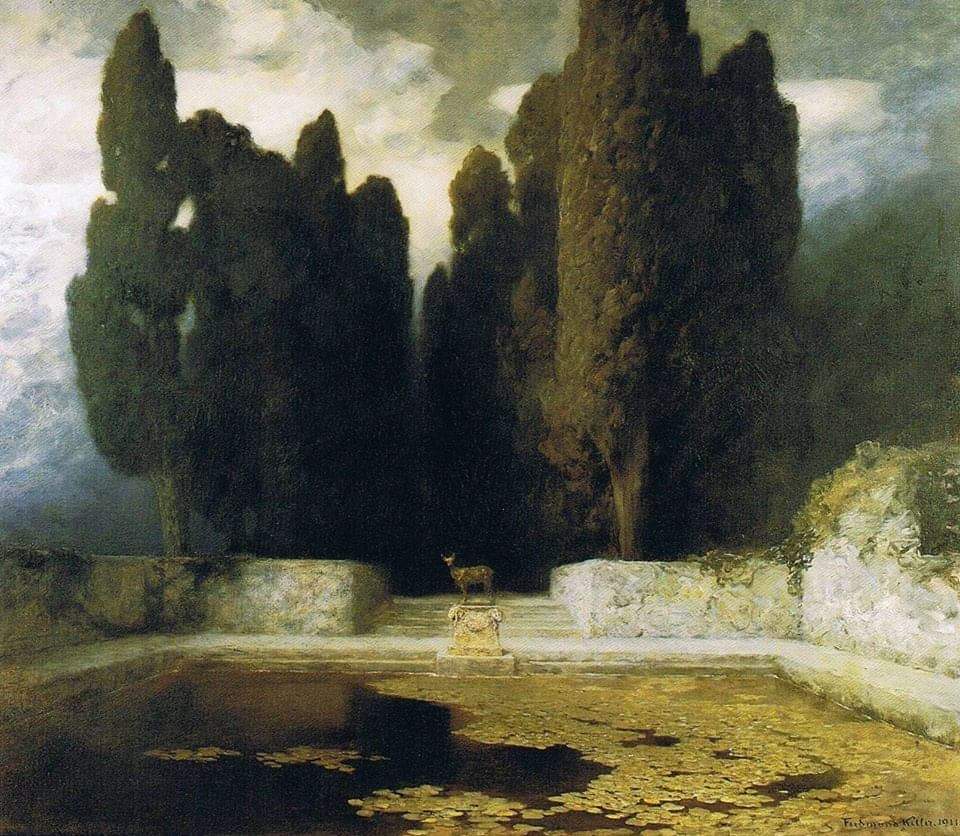Hugr/hjarta
English version here Oggi voglio portare l’attenzione su uno stralcio della tesi di C. Peter in Vernacular psychologies in Old Norse-Icelandic and Old English, che esamina la psicologia vernacolare presentata nei testi antichi norvegesi-islandesi. La parte che attira il mio interesse si concentra sul concetto “hugr”, generalmente tradotto in inglese come “mente, anima, spirito” ed …
